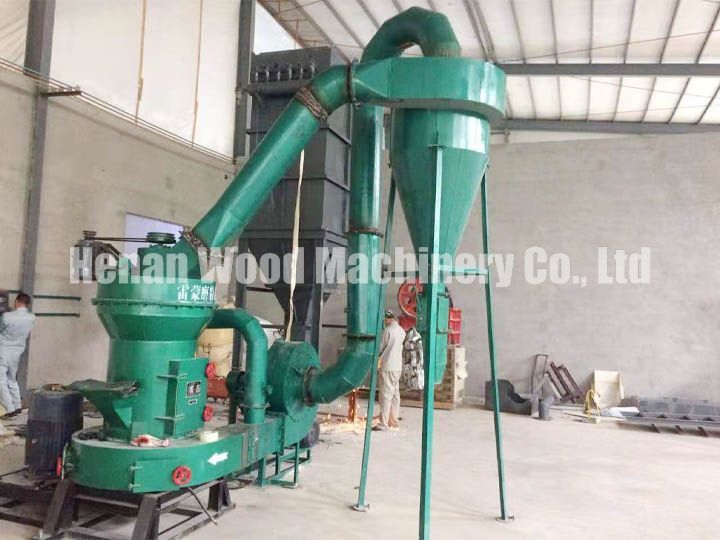What are the main factors affecting the output of Raymond Mill?
According to the working principle and actual use of Raymond mill, the main factors affecting the output of Raymond mill mainly include the following 4 aspects.

Hardness of the materials
The hardness of the material will affect the output and work efficiency of the machine. The harder the material, the more difficult it is to pulverize Raymond, and the more serious the wear on the equipment. Raymond’s milling speed is slow, of course, Raymond’s milling ability is small.
Humidity of the material
When the moisture in the material is large, the material is easy to adhere in the Raymond mill, and it is also easy to block during the feeding and conveying process, resulting in the reduction of Raymond’s grinding capacity.
The size of the finished particle
the fineness of the material after Raymond milling and the fineness requirements are high, that is, the finer the material that Raymond mills is required, the smaller the powdering ability of Raymond. If customers have high requirements for the fineness of materials, they can add other equipment according to their own production capacity and economic strength.
Material composition and viscosity
The more fine powder contained in the material before Raymond milling, the more it affects Raymond milling because these fine powders are easy to adhere to the machine and affect the conveying effect. The greater the viscosity of the material, the worse the conveying effect. For those with a large amount of fine powder, they should be sieved in advance. In this case, the customer uses a vibrating screen to screen the material before the powdering process.
